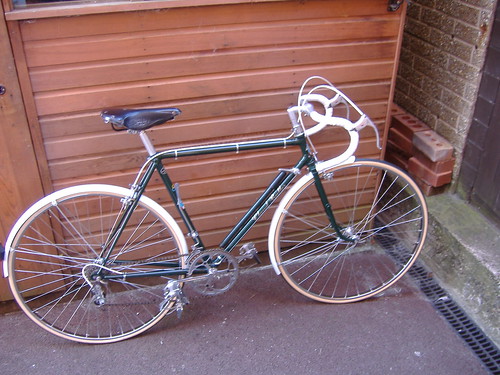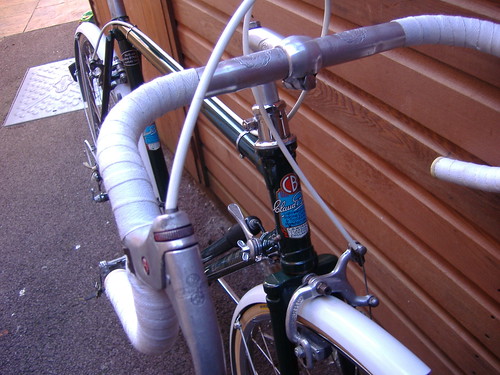I reckon old tel is right . I do not know when CB dropped to clip type h/s ie pre war or post war . Oilers suggest pre war . The top of the rear stay is different to my old pre war CB.
 Claud Butler mid 1930's by rebalrid, on Flickr
Claud Butler mid 1930's by rebalrid, on Flickr
 Claud Butler mid 1930's by rebalrid, on Flickr
Claud Butler mid 1930's by rebalrid, on Flickr
 Claud Butler mid 1930's by rebalrid, on Flickr
Claud Butler mid 1930's by rebalrid, on Flickr Claud Butler mid 1930's by rebalrid, on Flickr
Claud Butler mid 1930's by rebalrid, on Flickr